Live Bait Fishing for Beginners
This beginner’s fishing guide will give you the rundown of the popular types of fish bait. We show you how to rig live bait, when to use it and for what fish species. There are TONS of different types of fish bait used in various regions across the US in Freshwater and Saltwater. I’m going to stick with Freshwater live bait for this article, but if you’re fishing Saltwater then head over to our Saltwater beginner guide. This rundown will focus on some popular options for common fish types that are most applicable to the entry level.
Main Types of Fish Bait
The following is a list of the most common types of fish bait found at a live bait & tackle shop:
- Worms: Nightcrawlers and Redworms
- Leeches: Jumbo and Large Sizes
- Minnows: Flatheads, Shad, Golden Shiners, Suckers, and Creek Chubs
- Insects: Wax Worms (Grubs), Meal Worms, Crickets and Grasshoppers
Fishing with Live Worms
Worms are a staple of bait shops and fishing them is the most common live bait option across the US. Nightcrawlers and Red Worms are popular option to purchase at your local baitshop or dig them up in your own backyard. These are often sold or stored in foam containers with breathable lids. A dozen to 2 dozen worms should do for a day’s trip.
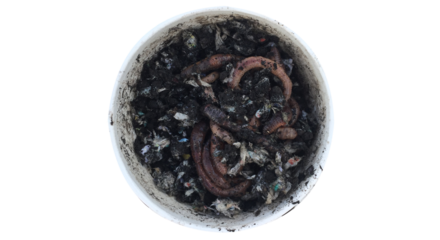
Nightcrawlers in a 12 Count Styrofoam Cup
Storage
Sold in Styrofoam containers by 1 or 2 dozen. If dug from home keep in a jar with breathing holes poked into the lid. Store in the refrigerator at home and keep in the shade while out on the water.
Species
Virtually ALL Freshwater Species will take a worm but they’re best used to target common Panfish and smaller Bass off the dock or near shore. Red Worms are an ideal choice for Trout in streams and stocked lakes. Pinch into 1/4 pieces for Panfish on a smaller #4 or #6 Baitholder Hook. For Largemouth Bass thread a full worm onto a 3/0 EWG Worm Hook with a 1/4 Oz. Worm Weight on your Line.
Rig & Technique
Rig up #4 Baitholder Hook + 3/0 Removable Split Shot Sinker + 1″ Clip-On Bobber like those in our basic fishing kit. Cast your worm + float combination near docks or weedlines in 3-6 Ft. of water. Wait for the bobber to go under or move erratically for over 5 seconds and you have a fish on! Check out our Ultimate Guide on Fishing for Beginners to learn how to tie this rig.
Fishing with Leeches
Fishing with Leeches is popular at deeper depths for larger game-fish like Walleye. However, it is also a good alternative to worms when targeting Panfish. Sized Small to Jumbo, these slippery critters purchased from a bait shop will not suck your blood and are great for sorting through the smaller bites. Leeches can be used with basic and advanced rigs, they are very versatile.
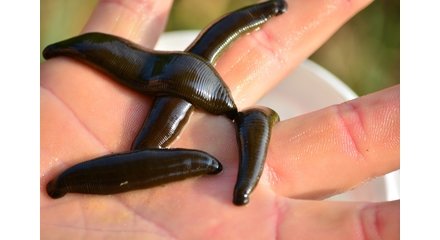
Leeches in the Medium to Jumbo Range. Look at our Guide on How to Bait a Hook for Leeches.
Storage
Purchased in a plastic tub, keep them in water and covered otherwise you risk escape. Keep them in shade when left in the saucer. Leeches and worms can be stored in a live bait lodge bucket. If you consistently us these types of fish bait we recommend purchasing storage.
Species
Walleye, Crappie, and Perch are popular targets but Leeches are another Catch-All.
Rig & Technique
I recommend using a Slip Bobber Rig for flexibility but Leeches are also great on Jigs. With a Slip Bobber, set the depth to 1 ft. above the bottom when fishing rocky or sandy bottoms. When fishing near weedbeds adjust 1 ft. above the vegetation or at bottom when fishing along the weedline. Let the wind or current travel your bait covering water and re-drift across prime targets.
Fishing with Live Minnows
Minnows are the most challenging types of fish bait but will catch you larger fish. Most presentations are focused on providing a lively minnow near their natural location in the water you are fishing, which should be where the predators you’re after are feeding. This will often be near the bottom, where cover like rocks, boulders, and vegetation are present. However, positioning this bait according to structure, i.e. changes in depth and the outlay of the water body, such as a drop off, point, or hump is also a factor. Baitfish will school and navigate according to the structure of a water body, so offering your minnow where Baitfish school like the edge of a point will often link you up with predators. All minnows should be stored in water at all times in a minnow bucket.
Smaller Minnows
Flatheads (1.5″-3″) and Creek Chubs (2″-4″) are popular minnow types of fish bait. While big fish like Walleye and Largemouth Bass will often clobber these, they are usually used to target larger Panfish and Trout. There are many ways to rig these but the live bait rig below is a common starting place. Upkeep of this bait and the nature of pursing larger sizes defaults this option at intermediary, but the option is a staple and you will likely graduate to minnows quickly.
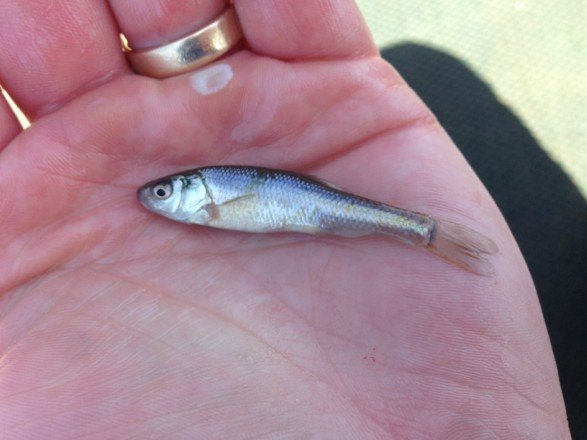
Flathead (Crappie) Minnow in the 2-3″ Size Range
Species
Crappie, Perch, Trout, and Walleye
Rig & Technique
A simple live bait rig (Octopus Hook #4 + #7 Split Shot Weight) with the minnow threaded through the lip or tail will work well if weeds are not abundant. Otherwise, revert to a Slip Bobber Rig. Slowly retrieve your minnow close to the bottom, bouncing it over cover and letting the minnow provide its own lively action during pauses. Bites will often be a light “tap-tap”, let the fish take it before setting the hook.
Larger Minnows
Shad (3-6″), Shiners (2-5″), and Suckers (3-12″) are often used to target different larger fish. Shad are common for trophy Largemouth Bass in the South as well as Catfish across the US. Shiners are common for Walleye but are applicable to all larger game-fish in the North. Sucker Minnows are common for Pike and Muskellunge but smaller Suckers can be used universally like Shiners.
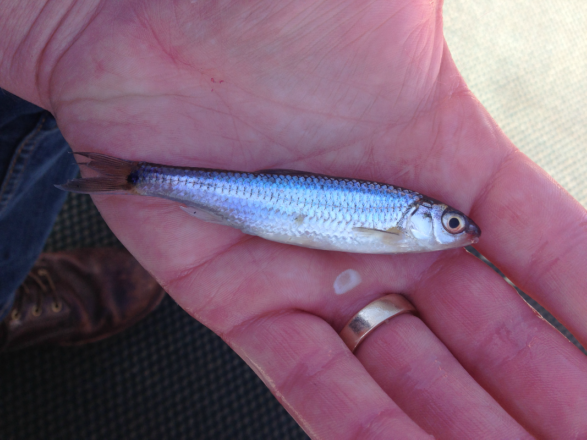
Shiner Minnow in the 3-5″ Size Range
Species
Largemouth Bass, Walleye, Pike, Muskellunge, Catfish
Rig & Technique
In less than 8 ft. depth, you can present the lively minnow on its own under a large Snap Bobber (2″) or a large Slip Float threaded near the back tail on a 1/0 Circle or Octopus Hook. Greater than 8 ft. in depth, it is common to thread them through the lips on a 1/4 – 1/2 Oz. Jig Head. If fishing with a float, position near cover or a change in structure and let the bait travel. If Jigging, cast out or drift covering a larger stretch of water, bouncing the Jig off the bottom and pausing. Check your bait every 15 minutes and re-bait for liveliness.
Fishing with Live Insects
Insects are the least common types of fish bait, but they are readily available in pet stores and prairie fields across the US. Grubs are the default option for Ice Fishing if you live in the North, and Crickets/Grasshoppers can be the hottest option for small streams when targeting Trout. These specialized forms are outside of this scope, so instructions are based on using insects for targeting Panfish and Trout in Lakes and ponds.
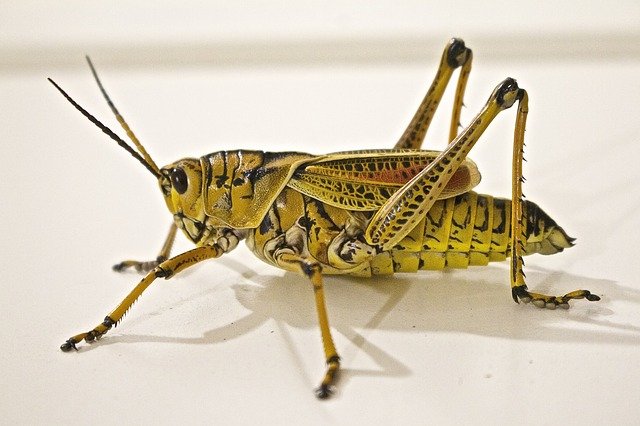
Grasshoppers, Crickets, and Wax Worms are best reserved for specialized Fishing Scenarios
Storage
Grubs come in plastic pucks, and hoppers are typically sold in small crates or cardboard boxes. Keep both options dry and do your best to avoid too much heat.
Species
Some Panfish (Sunfish, Bluegills, Crappies) and Trout
Rig & Technique
Grubs are great on a small jig in 1/16-1/32 Oz often under a small Slip Float. Hoppers and Crickets stay lively on small Aberdeen Hooks like a #6 either on its own or 1 ft. away from a small snap float (1″). Present grubs near the bottom like the other bait types discussed. For Hoppers and Crickets, try to present your bait near the surface, as these insects are typically devoured when they fall into the water and struggle on the surface to return ashore.
Advice on Fishing Bait for Beginners
If you are just getting started, don’t worry about mastering all the types of fish bait. Start off with nightcrawlers under a bobber and catch a few fish. Once you have mastered the worm, start using leeches to catch larger Panfish. From there, you will be ready to target larger game-fish like Bass, Walleye and Trout with minnows.

Our Basic Fishing Kit. This is all you need to get started with live bait to go out and catch fish.



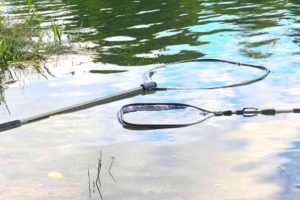
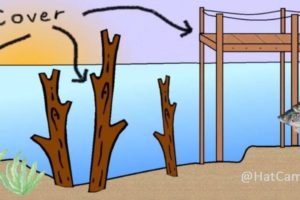
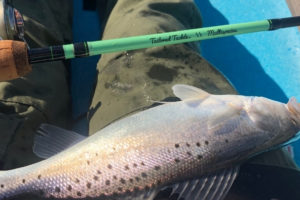
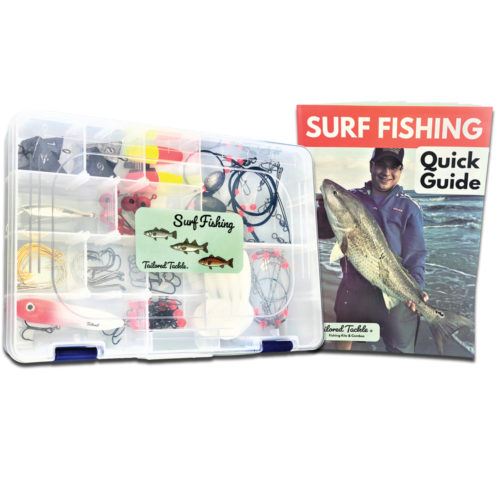
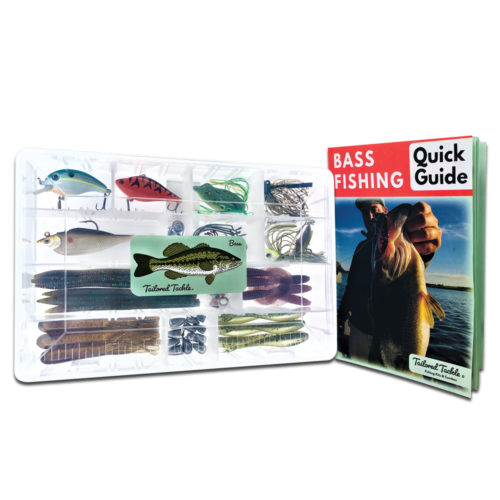



4 Comments
Leave your reply.